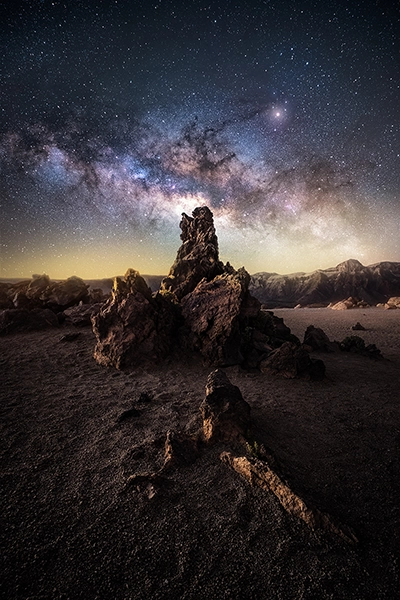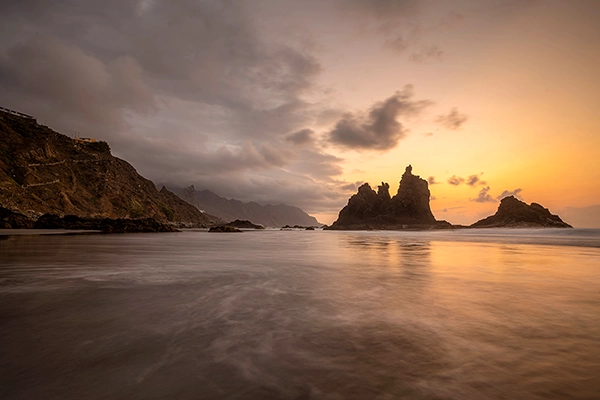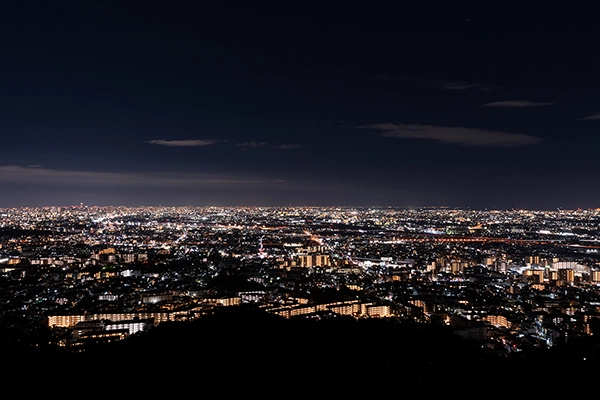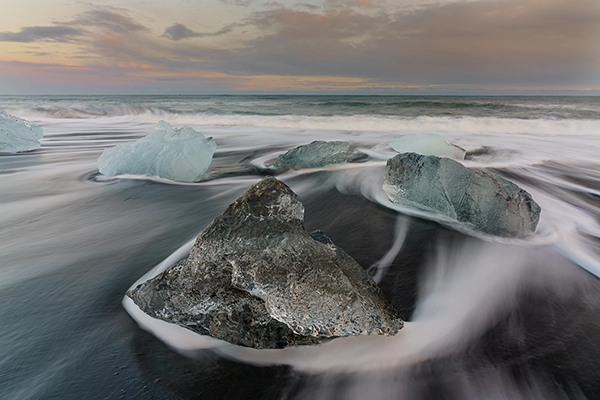Common Mistakes in Long Exposure Photography and How to Avoid Them
Share the article:
More Photo Tips | Video Gallery | Photo Gallery | Enewsletter sign-up
• Understand and avoid common pitfalls in long exposure photography, such as blur, shake, overexposure, and underexposure, by using a sturdy tripod, balancing exposure settings, and incorporating ND filters.
• Enhance your compositions by applying the Rule of Thirds, using leading lines, and eliminating distractions to create more compelling and harmonious images.
• Leverage Tamron's advanced features, like image stabilization and precise aperture control, to capture stunning long-exposure shots consistently.
Long exposure photography is a captivating technique that lets photographers capture time in a single frame. However, achieving the perfect shot can be challenging. By understanding and avoiding common mistakes, photographers can enhance their long exposure shots and achieve consistently better results.
Blur and Shake
Blur and shake are common issues in long exposure photography, often caused by an unsteady camera, wind, or accidental bumps. To achieve sharp images, using a sturdy tripod is essential. Make sure the tripod is on a stable surface and, if possible, shield it from the wind. Additionally, using a remote shutter release or the camera's self-timer can reduce camera movement during the exposure.
Tamron's advanced image stabilization technology can significantly reduce blur caused by minor shakes, allowing for sharper images even with longer exposure times. This feature is especially useful when shooting in conditions where using a tripod isn't feasible or when you're striving for a more spontaneous capture.

© Philip Ruopp
Lens: 11-20mm F2.8 Di III-A RXD
Focal Length: 17mm Exposure: 1/10 sec., f/13, ISO 160
Click image to view larger
By taking these steps, you can effectively reduce blur and shake, resulting in clearer, more professional long exposure photography shots.
Overexposure and Underexposure
Overexposure and underexposure are frequent challenges in long time exposure photography. Overexposure occurs when too much light hits the sensor, resulting in overly bright images, while underexposure happens when too little light is captured, leading to dark and indistinct photos. Balancing the exposure settings is crucial for achieving the desired effect.

© Alexander Ahrenhold
Lens: 11-20mm F2.8 Di III-A RXD
Focal Length: 11mm Exposure: 20 sec., f/5.6, ISO 200
Click image to view larger
To avoid overexposure, use a narrower aperture (higher f-stop number) and lower ISO settings. Additionally, incorporating neutral density (ND) filters can help manage light intake without altering the exposure settings drastically. Conversely, to prevent underexposure, ensure your aperture is wide enough (lower f-stop number) and increase the ISO cautiously to avoid introducing noise.
Tamron lenses, with their advanced coatings and precise aperture control, allow photographers to fine-tune their settings effectively, ensuring well-balanced exposures. By mastering these adjustments, you can achieve stunning results in your long exposure photography endeavors.

© Martin Krolop
Lens: 17-28mm F/2.8 Di III RXD
Focal Length: 17mm Exposure: 4 sec., f/11, ISO 100
Click image to view larger
Composition Errors
Composition errors can detract from the impact of your long exposure photography. Common mistakes include poor framing, distracting elements, and an unbalanced scene. These issues can make your photos look cluttered and less visually appealing.
To improve composition, start by using the Rule of Thirds. Imagine your frame divided into nine equal parts by two horizontal and two vertical lines. Place the main elements of your scene along these lines or at their intersections. This creates a balanced and engaging image. Additionally, seek out leading lines that direct the viewer's gaze through the photo and toward the subject.
Eliminating distractions is also important. Check the edges of your frame for unwanted objects that might draw attention away from the main subject. By focusing on these composition techniques, you can create more compelling and harmonious long exposure photography.

© Takuya Iwasaki
Lens: 20-40mm F2.8 Di III VXD
Focal Length: 28mm Exposure: 15 sec., f/11, ISO 200
Click image to view larger
By understanding and avoiding common mistakes in long exposure photography, you can significantly improve your shots. Ensuring stability to prevent blur and shake, balancing exposure settings to avoid overexposure and underexposure, and paying attention to composition will lead to better results. Incorporating these techniques, along with using Tamron's advanced features, will help you capture stunning long-exposure images. Practice consistently, and soon you'll master the art of long-exposure photography.

© Cecil Holmes
Lens: 17-28mm F/2.8 Di III RXD
Focal Length: 19mm Exposure: .08 sec., f/11, ISO 50
Click image to view larger
More Photo Tips | Watch Videos | Learn More About Tamron Lenses | Photo Gallery